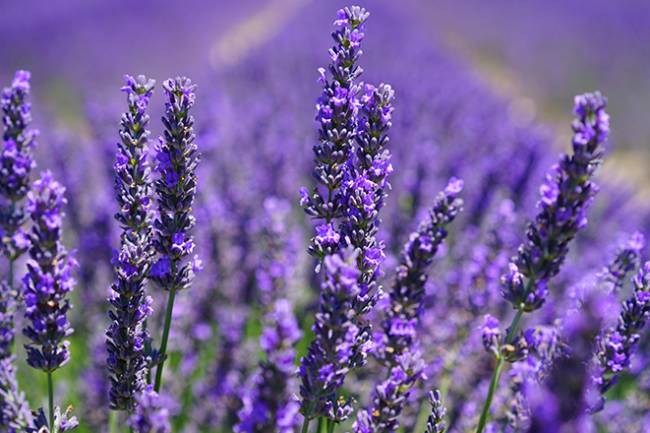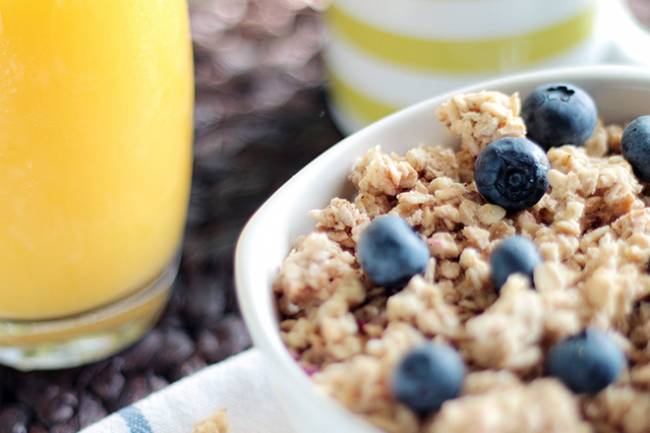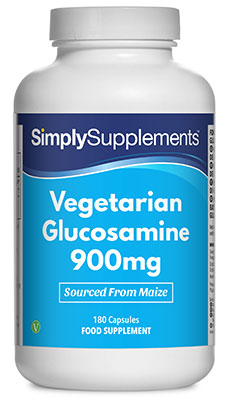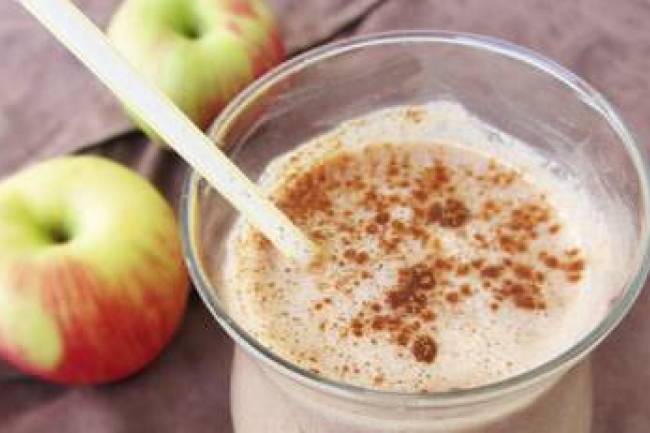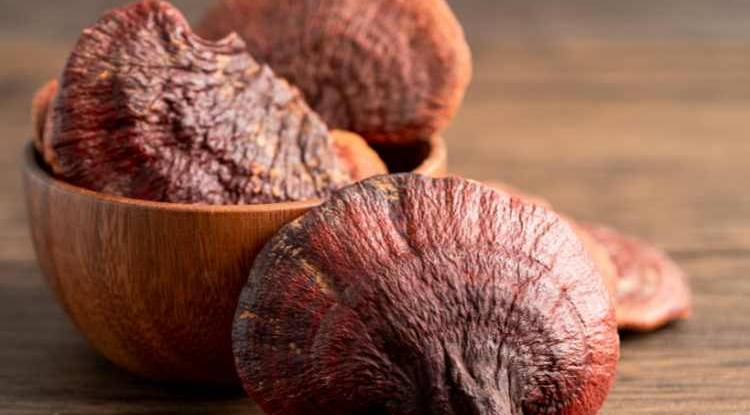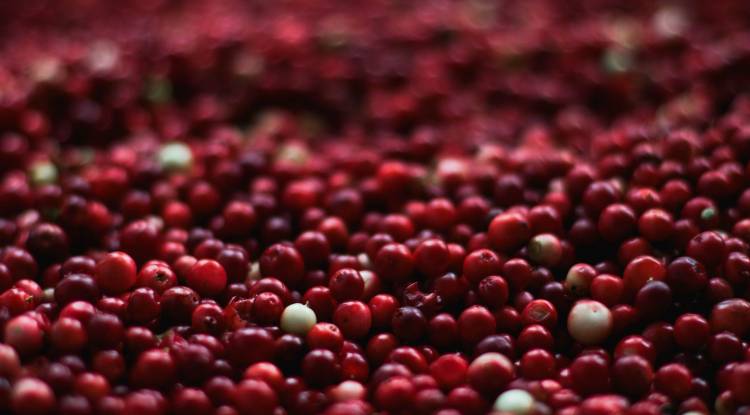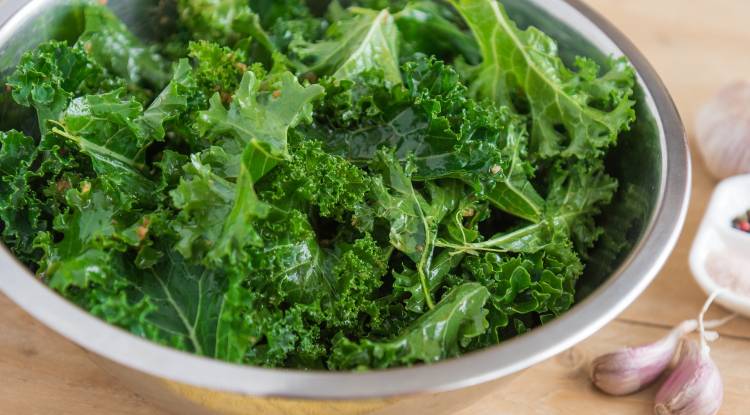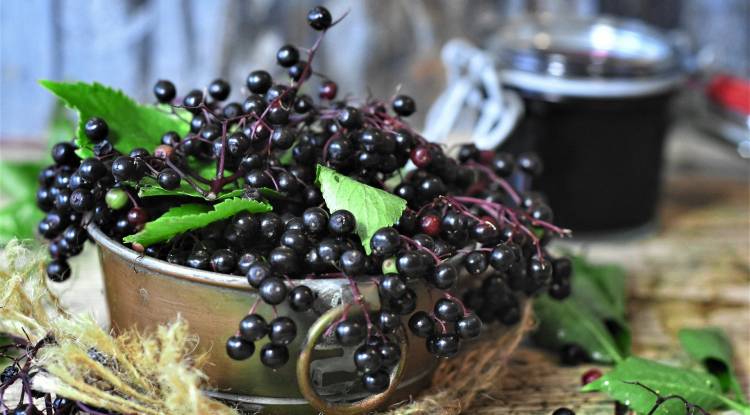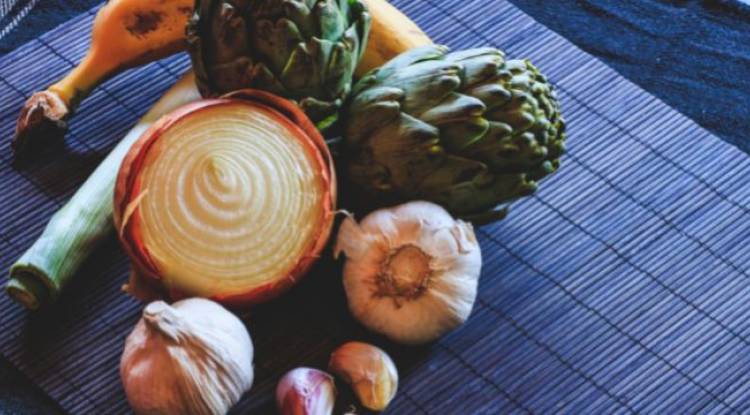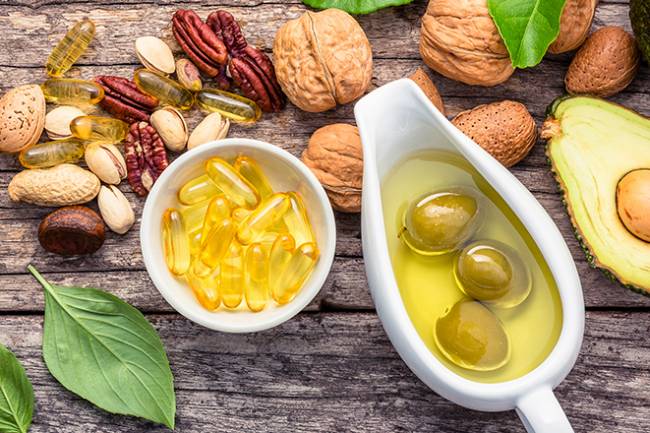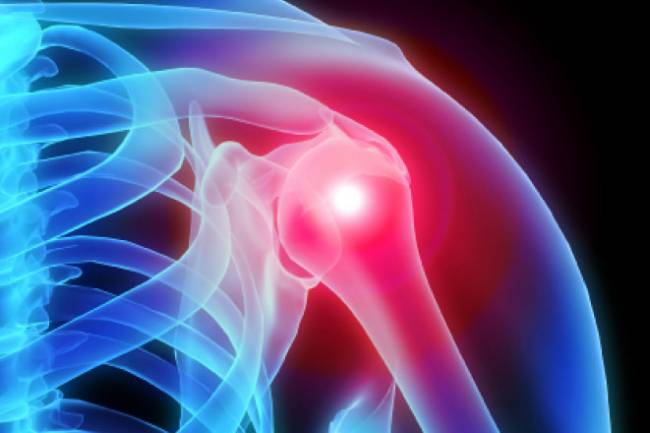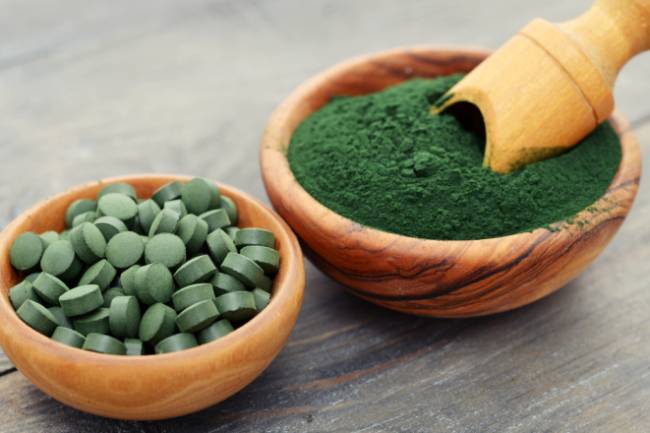The Health Benefits of Curry

As it is national curry week we thought it would be interesting to write a piece on the health benefits of curry. This may seem a strange topic, given that curry is often consumed with copious amounts of rice, bread and alcohol. However, a typical curry dish can possess a wide range of ingredients, spices and nutrients which are certainly good for our health. Let’s have a look at what they are…
The Health Benefits Explained
Curries typically amalgamate many different ingredients to create a delicious dish. Here are some of the classic components of a curry and a quick overview of why they are good for our health...
Onions
Onions are an essential ingredient given that they act as the base for practically every type of curry. Onions are also renowned for their natural qualities.
One example is their vitamin C content, as a typical onion will provide around 20% of the Nutrient Reference Value (NRV) – the amount you should consume each day. Vitamin C is famous for its role in the immune system, but it also helps collagen formation in the body, providing structural integrity to areas such as skin, teeth and joints.
A typical onion also provides around 3g of fibre – a nutrient most of us aren’t getting enough of. Although 3g isn’t a massive amount of fibre, they are rich in a special kind of soluble fibre known as inulin. This type of fibre is known to have powerful prebiotic properties, which means it feeds the friendly bacteria of the gut, which can have a variety of health benefits.
To provide a final example, onions are also one of the biggest contributors of antioxidants in the diet. One of the most heavily researched antioxidants is quercetin, a powerful anti-inflammatory that can improve symptoms of arthritis and gout.
Tomatoes
Similar to onions, tomatoes are a crucial ingredient in many curries. Again, similar to onions, tomatoes have a healthy volume of vitamin C, with a large tomato providing a third of the NRV. Tomatoes contain almost all the essential vitamins and minerals, with biotin, folate, vitamin K and manganese being the most prominent after vitamin C.
However, tomatoes are perhaps best known for their antioxidant content, thanks particularly to the amount of lycopene that they possess. Lycopene, which is a member of the carotenoid family, is one of the most powerful antioxidants - 10 times more so than even vitamin E.
Tomato’s lycopene content is thought to be the reason why their consumption is linked to lower risk of numerous forms of cancer, especially cancer of the prostate. Lycopene has also shown to benefit heart health and the condition of the skin.
Tomatoes also contain moderate amounts of other carotenoids known as lutein and zeaxanthin. These are found in high concentrations in the eyes and are known to delay macular degeneration. Tomatoes truly are one of the healthiest foods in the world, and their nutrient density becomes even better once cooked.
Garlic
Garlic has been researched extensively for its ability to support good health. This should come as no surprise, as you only need to smell a clove to realise that it possesses powerful natural properties.
In a health capacity, garlic is best known for two reasons: its ability to support heart health and the immune system.
Looking at the cardiovascular system, evidence from clinical trials shows that garlic consumption can increase HDL (“good”) cholesterol and decrease both LDL (“bad”) cholesterol and triglycerides. These are all favourable changes which reduce one’s risk of developing heart disease.
Similarly, garlic can quite potently decrease blood pressure, with it being quite common to see systolic blood pressure (the large number) decrease by 10mmHg. This is thought to occur thanks to garlic’s hydrogen sulphide content which in the body works to dilate the blood vessels.
Garlic has long been known for its ability to decrease incidences of the common cold. This traditional use has been backed up by two clinical trials which are in agreement that daily garlic supplementation led to 60-70% fewer colds than those who took a placebo. This protective effect is thought to be due to the increase in T cell and natural killer cell activity which help the body defend against pathogens.
Ginger
In a curry, garlic is often used in equal amounts to ginger. Although most people love ginger for its fresh and vibrant taste, many are more interested in its positive effect on health.
Ginger is a powerful anti-inflammatory and through this mechanism it can help heart disease risk factors, muscle pain/soreness and symptoms of arthritis.
Although not as potent as garlic, ginger has also been shown to cause favourable changes to cholesterol levels and triglycerides. With regards to pain and muscle soreness, ginger has been shown to significantly decrease the magnitude of soreness felt following a demanding exercise session.
Numerous studies are in agreement that ginger can decrease symptoms of osteoarthritis. The research suggests that this benefit is ‘significant’ and similar to over-the-counter pain killers such as ibuprofen.
Ginger is best known however for its ability as a ‘natural stomach-settler’. The evidence for this is almost unanimous and can benefit those who are ill, pregnant, travelling or recovering from medical treatment.
Peppers
Capsicum, the name given to the pepper family, incorporates all peppers from non-spicy salad peppers all the way to the hottest of chillies. Peppers, which are native to South America, are now cultivated all around the globe due to their versatility, taste, and health benefits.
From a nutrition perspective, peppers contain an appreciable amount of vitamin A, whilst being one of the world’s richest sources of vitamin C. Not many people realise that yellow peppers contain over 3 times the vitamin C gram-for-gram than oranges.
The heat of peppers, which is measured by Scoville units, is due to its concentration of a molecule called capsaicin. Peppers such as Scotch Bonnets have a relatively high amount of capsaicin, whereas bell peppers have none.
Some of the health benefits of peppers are due to their capsaicin content. For example, capsaicin intake has been shown to both decrease appetite and elevate metabolic rate. In theory, when paired with good dietary practices and regular physical activity this could help weight management.
Capsaicin’s power is also seen when applied topically as a gel, as it can potently reduce symptoms of osteoarthritis. Arthritis UK has rated it 5/5 for effectiveness and has given it the green light with regards to safety.
Not everybody likes eating spicy chillies, but if you are looking to reap some of the health benefits it may be worth trying to increase your tolerance to their burn!
Turmeric
Out of all the ingredients that go into a curry, turmeric is perhaps the one which is best known for its medicinal qualities.
The most famous natural compound found in turmeric is “curcumin”, which is attributed with a number of positive health impacts.
Turmeric has received much attention in the scientific community due to its anti-inflammatory and antioxidant qualities. As chronic inflammation is inextricably linked with a variety of common health issues, natural anti-inflammatories such as turmeric could have a wide-reaching impact.
In the published research, turmeric/curcumin has been shown to improve numerous conditions such as arthritis, ulcerative colitis and cardiovascular and kidney disease. One study of note showed that 1g of curcumin per day was very effective for decreasing pain and stiffness and improving physical function in suffers of osteoarthritis.
Interest is also burgeoning in the link between curcumin and psychological wellbeing. Anxiety and depression are conditions that could certainly be classed as contemporary topics. One study which lasted for 8 weeks showed that 500mg of curcumin per day led to significant improvements in symptoms of anxiety in 35 middle-aged adults.
A double-blind, randomised control trial published last year also showed that daily curcumin supplementation was effective at decreasing the severity of symptoms in 123 adults with severe depression.
Finally, turmeric supplements have been shown to increase the content of nitric oxide in the blood. Nitric oxide is a powerful signalling molecule that works to dilate blood vessels, therefore increasing blood flow. For this reason, those with blood pressure and circulatory issues could benefit from increasing their intake of this spice.
Cumin
Although turmeric is the spice which gains the most attention for its powerful health benefits, cumin has flown under the radar despite having proven health-boosting properties of its own. Cumin seeds can either be added to dishes whole, or toasted and ground into a powder.
Cumin’s most prominent health benefits seem to be its ability to support weight management and metabolic health, something we as a nation seem to be in a constant battle with.
One study of note provided 88 overweight women with yoghurt each day that either contained 3g of cumin or none at all. The results were very impressive as it was found that those receiving cumin improved almost every aspect of their metabolic health compared to the placebo group.
Namely, there was a reduction in body fat, waist circumference, total cholesterol, LDL and triglycerides together with an increase in HDL cholesterol. These findings were all classed as ‘significant’ by the research team. Similar findings have been reported by other research groups who have also found significant weight-loss.
Cumin is also a fabulous source of iron as one teaspoon provides a fifth of the NRV. Iron is an essential mineral for the production of red blood cells. Because of this, iron helps cognitive function and reduces symptoms of tiredness and fatigue.
As a significant proportion of the female population of childbearing age struggle to meet iron requirements, cooking frequently with cumin could certainly help. Iron absorption is enhanced by the presence of vitamin C, so also adding peppers to the dish would be a great idea.
Coriander
Coriander (known as cilantro in other parts of the world) is used in curries in both its natural form and as a powdered spice.
Like the vast majority of plants and herbs, coriander is revered for its antioxidant capacity. Research published in Plant Foods for Human Nutrition provided evidence that alongside basil, coriander contained the highest levels of the carotenoids beta-carotene, beta-cryptoxanthin, lutein and zeaxanthin of any herb.
Recent published evidence has also shown that coriander can help protect the skin from the damage caused by UVB radiation, something known to scientists as ‘photoaging’. Alongside its potential as a natural anti-inflammatory and anti-fungal agent, it is a great way to add flavour and natural seasoning to dishes, reducing the requirement for salt.
How to Make a Curry as Healthy as Possible
As we mentioned earlier, curries are often synonymous with alcohol and large portions of carbohydrates such as rice and bread. This inevitably ‘cancels out’ the healthful natural ingredients within the curry. So then, how can we make a curry as healthy as possible, enabling us to enjoy the taste and benefits without it harming our waistlines?
One simple way is to be mindful of how much oil is used when beginning a curry. Although oil is needed to properly cook the spices, it is certainly calorie dense. One tablespoon of oil provides around 120kcal, so it is clear to see how being too liberal with it can soon make the calories add up.
However, it is important to realise that fat is needed to effectively absorb many nutrients within a curry. To name a couple of examples of these fat-soluble nutrients, there is curcumin within turmeric and the carotenoids within tomatoes and coriander. So although oil is needed to maximise the flavour and the absorption of various nutrients, just use it sparingly.
Another simple method is to swap refined grains for wholegrains. A great example of this is by accompanying a curry with brown rice instead of white rice. Not only does this increase the amount of fibre in the diet and help stabilise blood sugar levels, it helps us feel fuller for longer. This means that smaller portions will still be satiating and will decrease the likelihood of overeating.
A final example is the incorporation of other classic curry ingredients that are known for their health benefits. Ingredients such as spinach, lentils and chickpeas are key components of many classic curry dishes, so why not try them out in your next dish to obtain a healthy and tasty meal that will heavily contribute to your 5-a-day?
Summary
Many of us love nothing more than a good curry, but due to its accompaniments it is typically viewed as an unhealthy, occasional treat. However, as we have found throughout this article, a curry contains a multitude of ingredients that are undeniably good for us.
By cooking a curry from scratch using fresh, healthy ingredients and sensible portion sizes there is no reason why it cannot become a more regular dish in the diet and a delicious way to supply your body with a plethora of the nutrients it requires for good health.
Sources:
https://www.ncbi.nlm.nih.gov/pubmed/12410539
https://academic.oup.com/jnci/article/91/4/317/2543924
https://www.ncbi.nlm.nih.gov/pubmed/11697022
https://www.ncbi.nlm.nih.gov/pubmed/22280901
https://www.ncbi.nlm.nih.gov/pubmed/25239480
https://www.ncbi.nlm.nih.gov/pubmed/9022529
https://www.ncbi.nlm.nih.gov/pubmed/19060427
https://www.ncbi.nlm.nih.gov/pubmed/15802416
https://www.ncbi.nlm.nih.gov/pubmed/20418184
https://www.ncbi.nlm.nih.gov/pubmed/10607493
https://www.ncbi.nlm.nih.gov/pubmed/7995318
https://www.ncbi.nlm.nih.gov/pubmed/13129472/
https://www.ncbi.nlm.nih.gov/pmc/articles/PMC3257466/
https://www.ncbi.nlm.nih.gov/pubmed/27723543
https://www.ncbi.nlm.nih.gov/pubmed/20657536
https://www.ncbi.nlm.nih.gov/pubmed/23013352

 Richard
Richard 